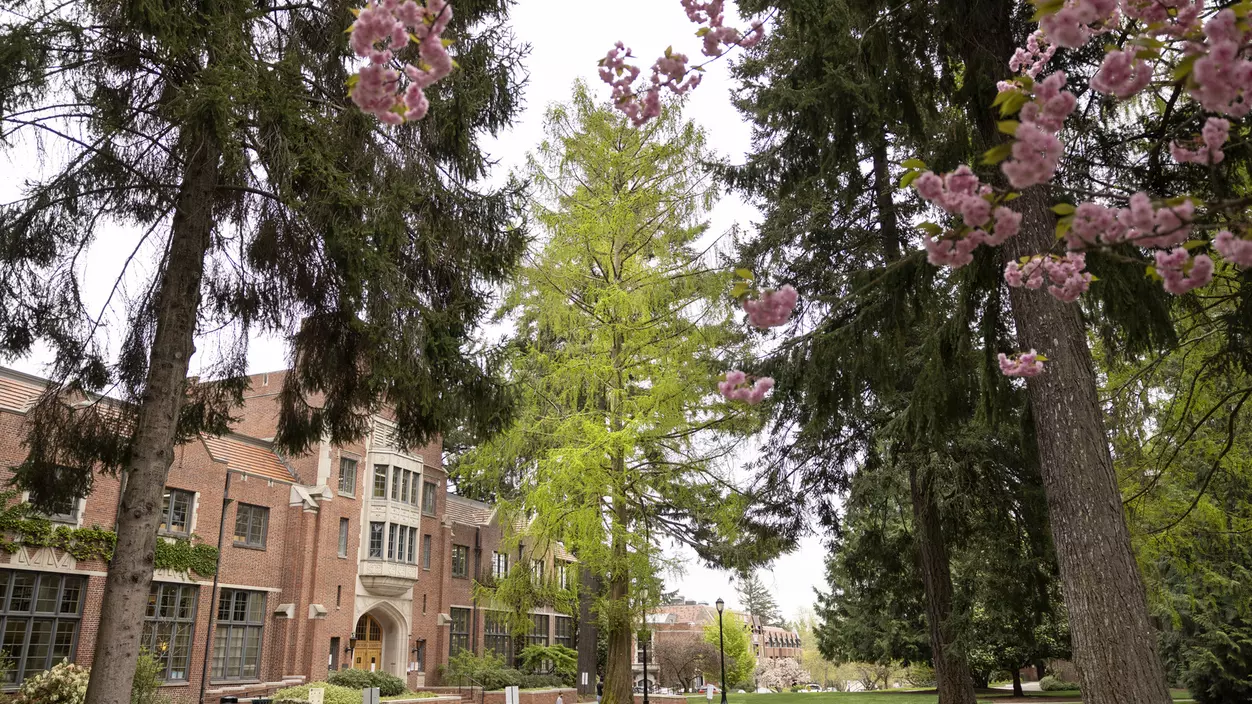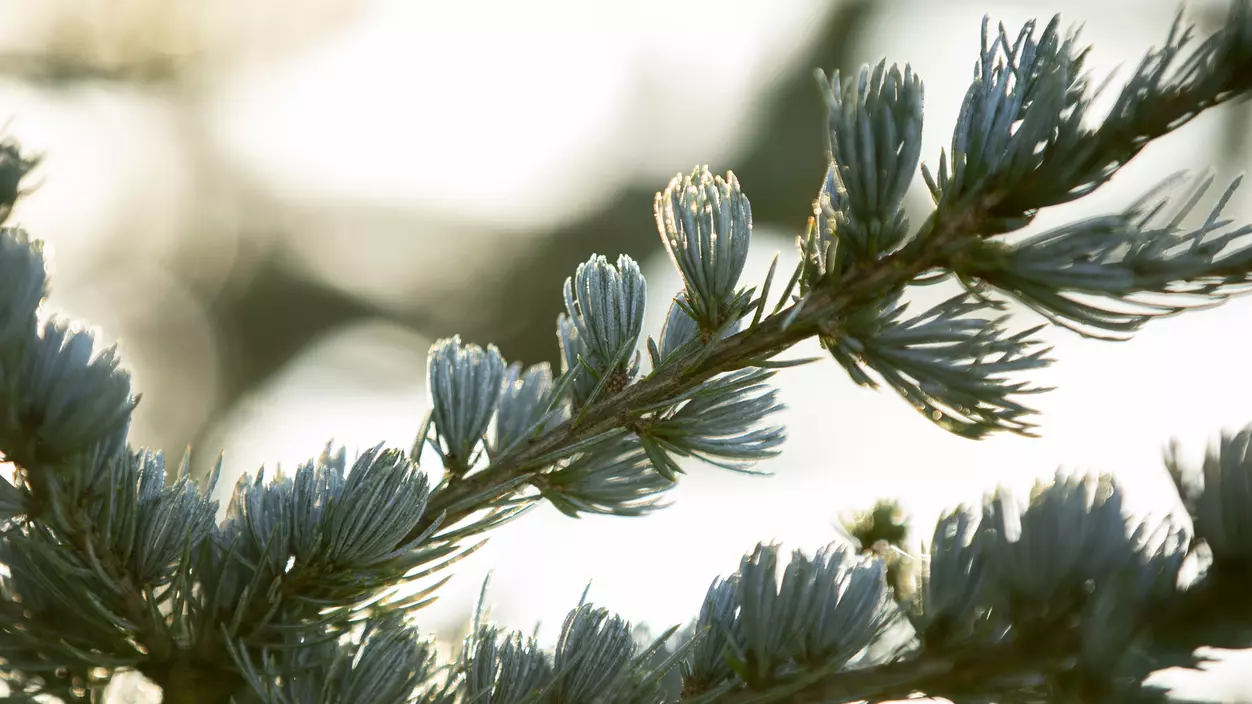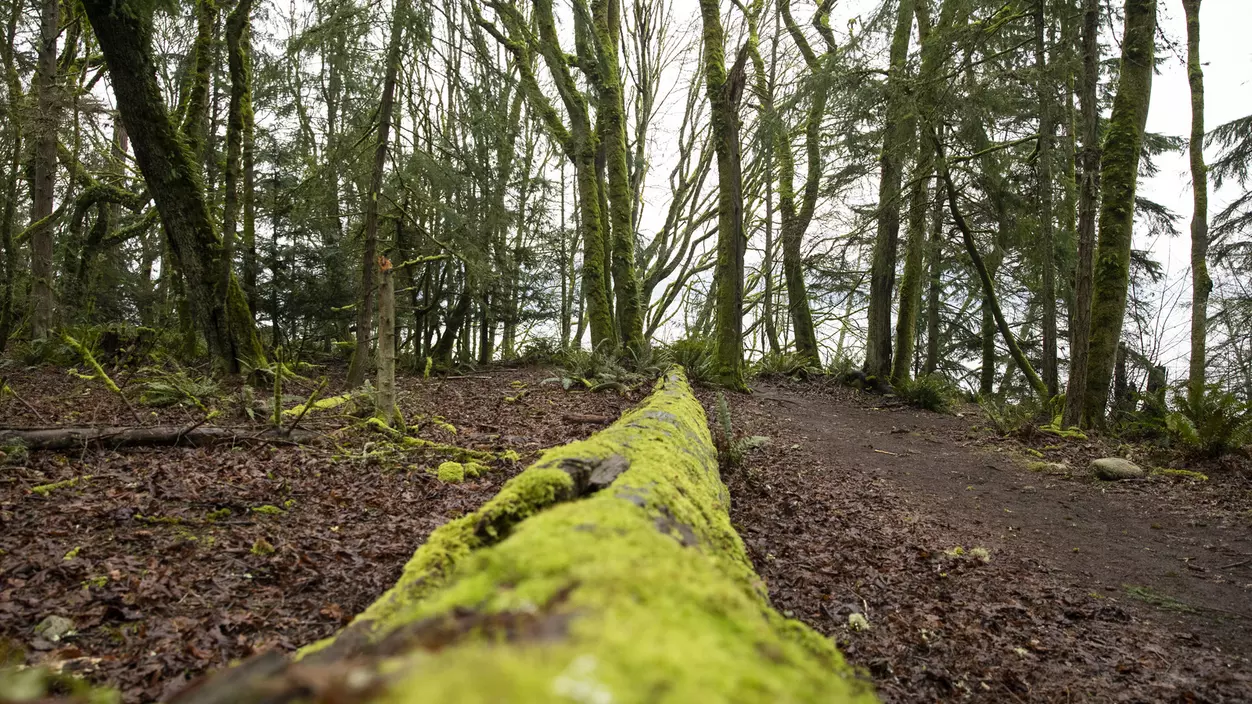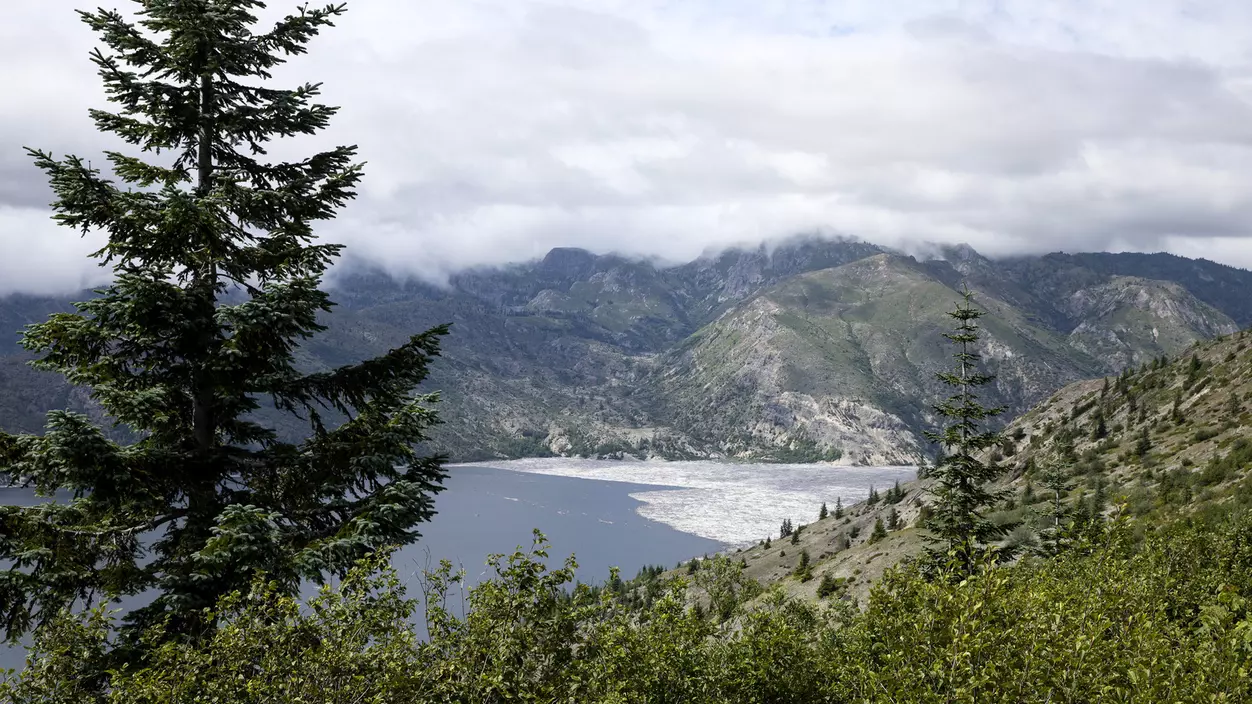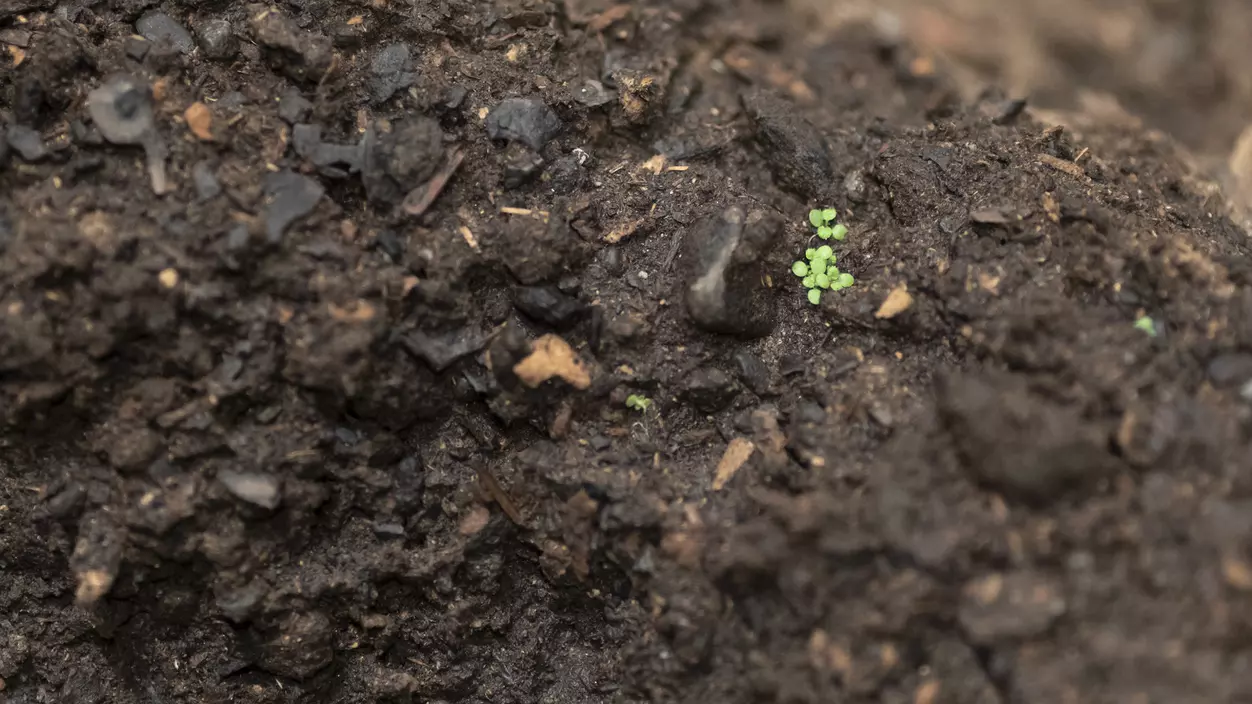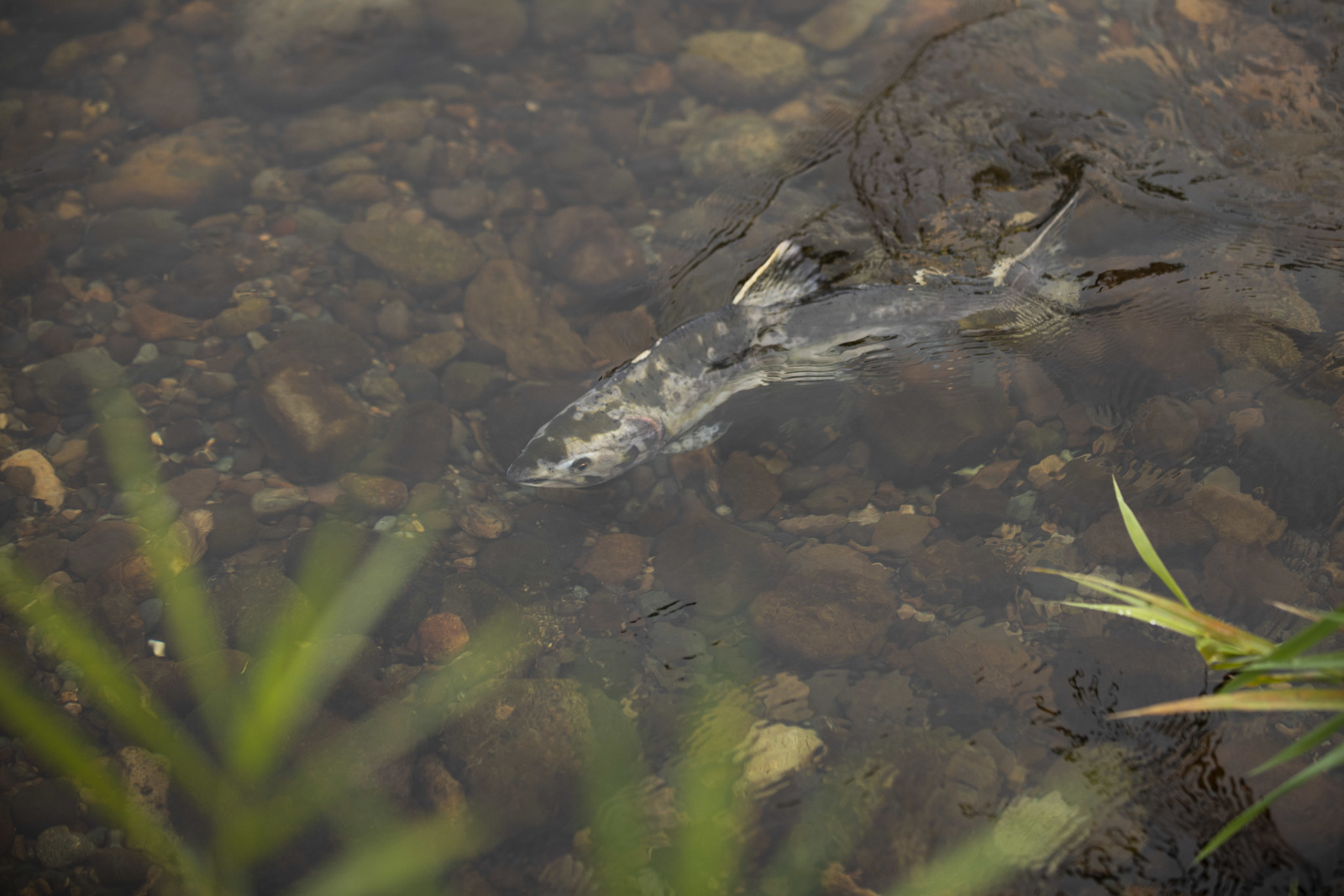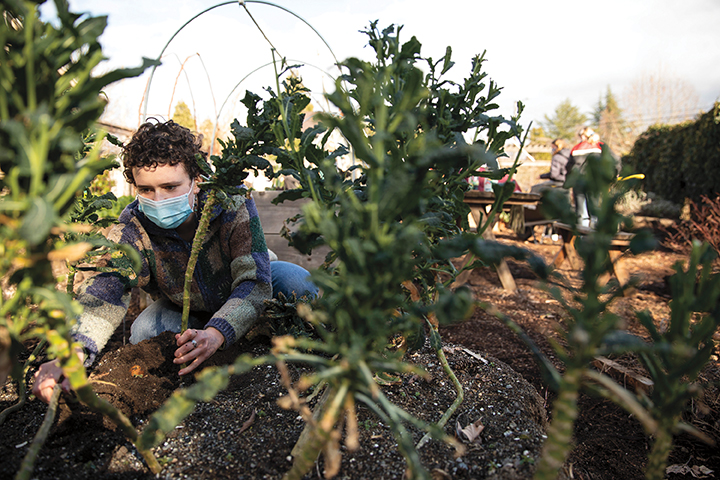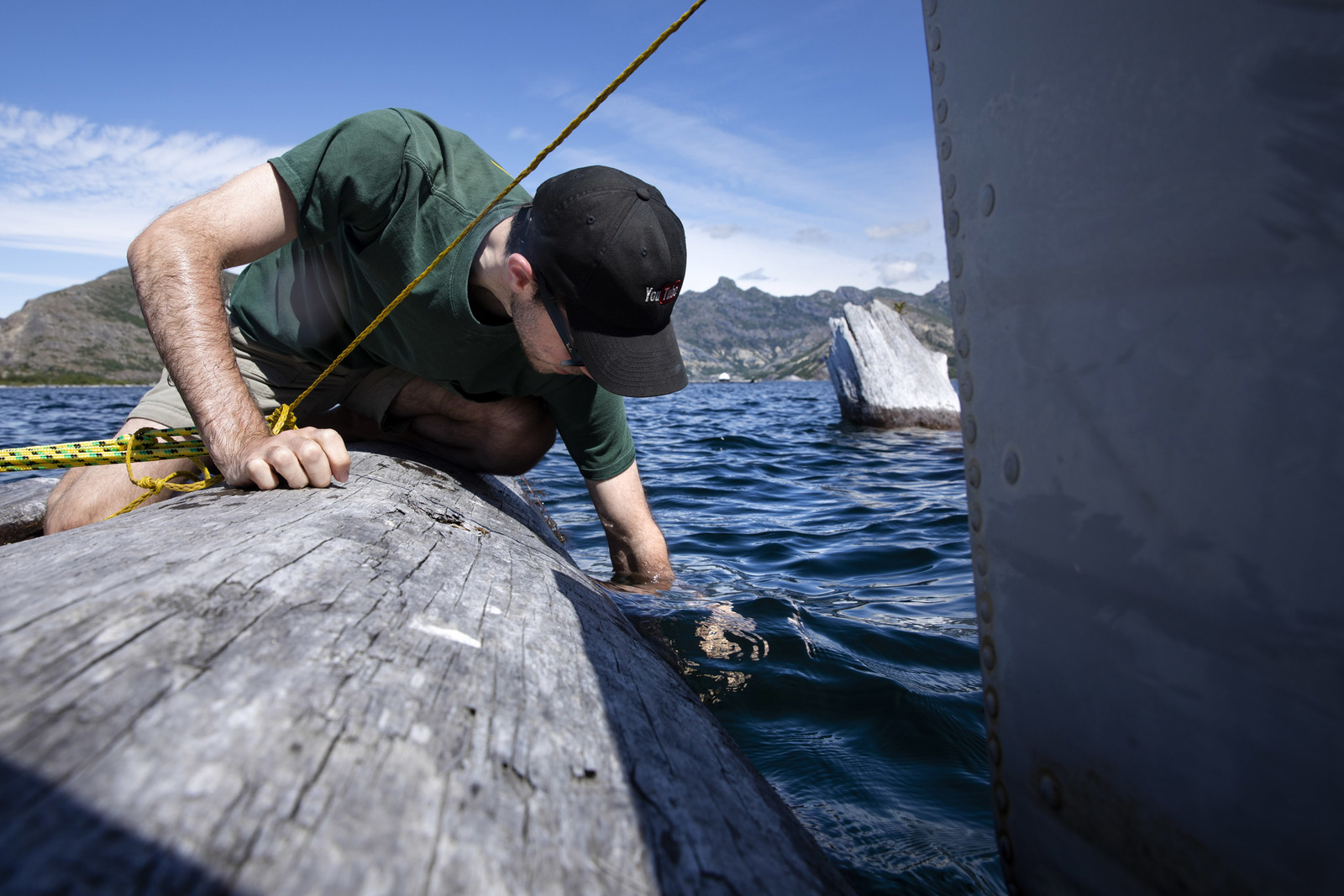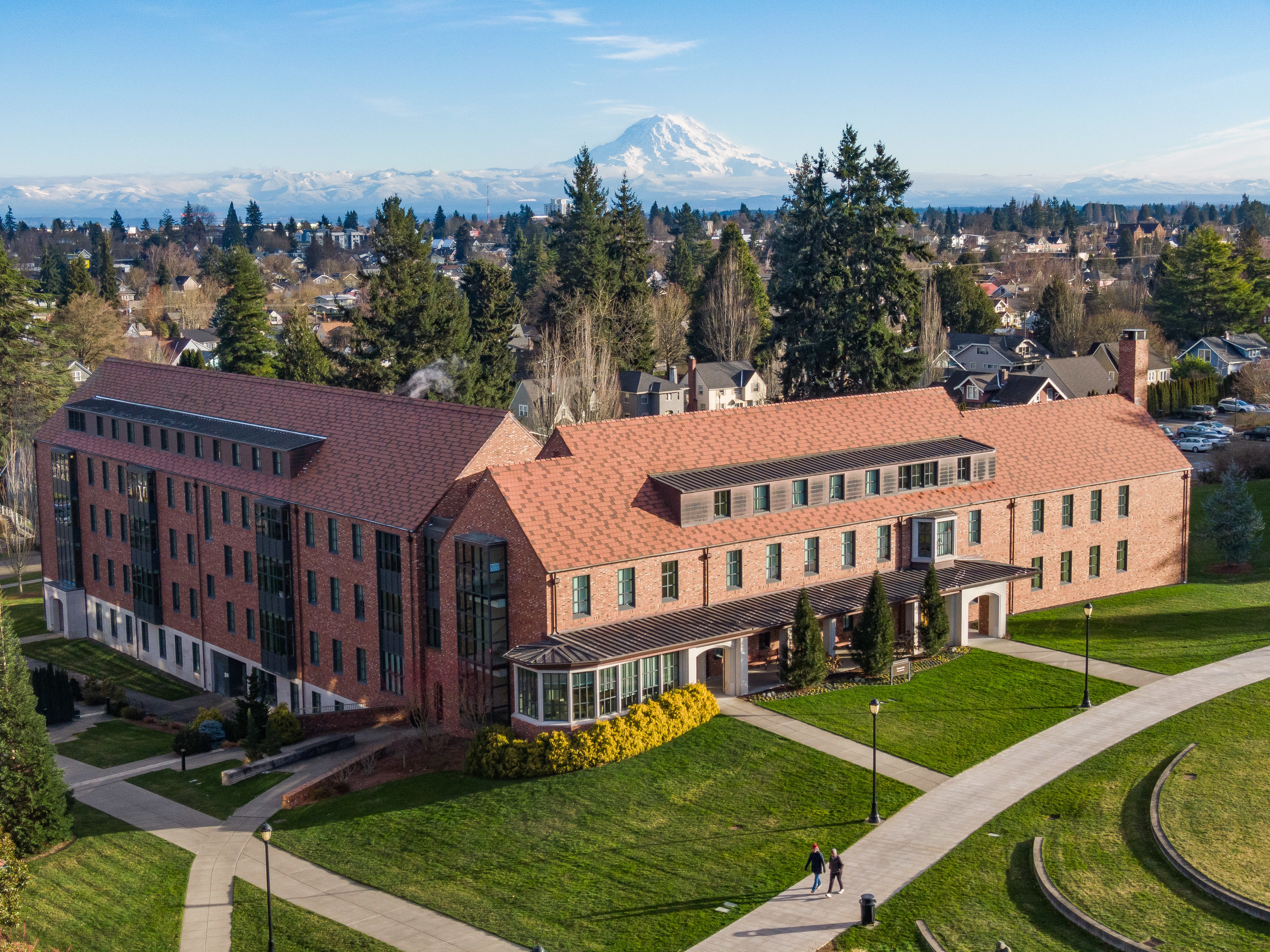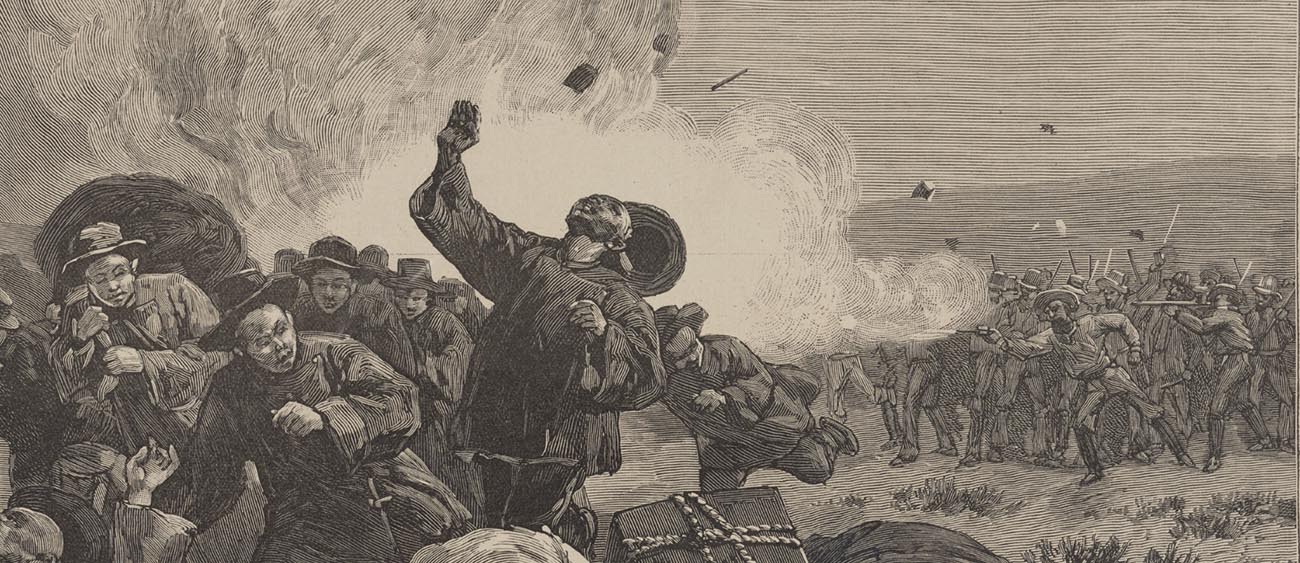Associate Professor Carrie Woods shares little-known facts about our region’s extraordinary trees
In honor of Puget Sound receiving a Tree Campus Higher Education designation from the Arbor Day Foundation, recognizing the university’s responsible stewardship of campus trees, we sought out an expert to help us get to know some of the evergreens and elms that greet Loggers every day. Enter Associate Professor of Biology (and resident Puget Sound tree expert) Carrie Woods, who set us straight on the role trees play on our campus and in the Pacific Northwest. Here are five things we learned:

